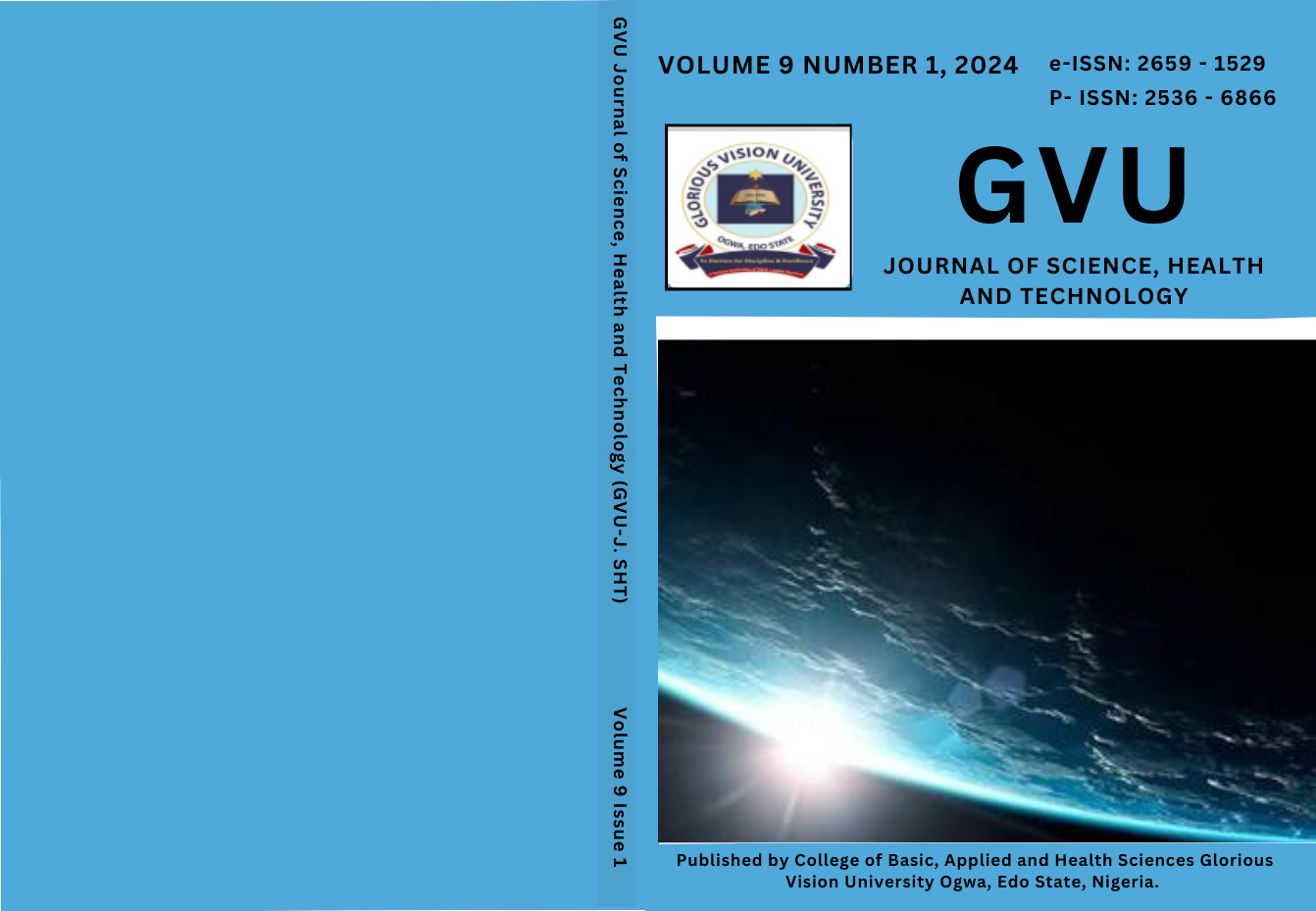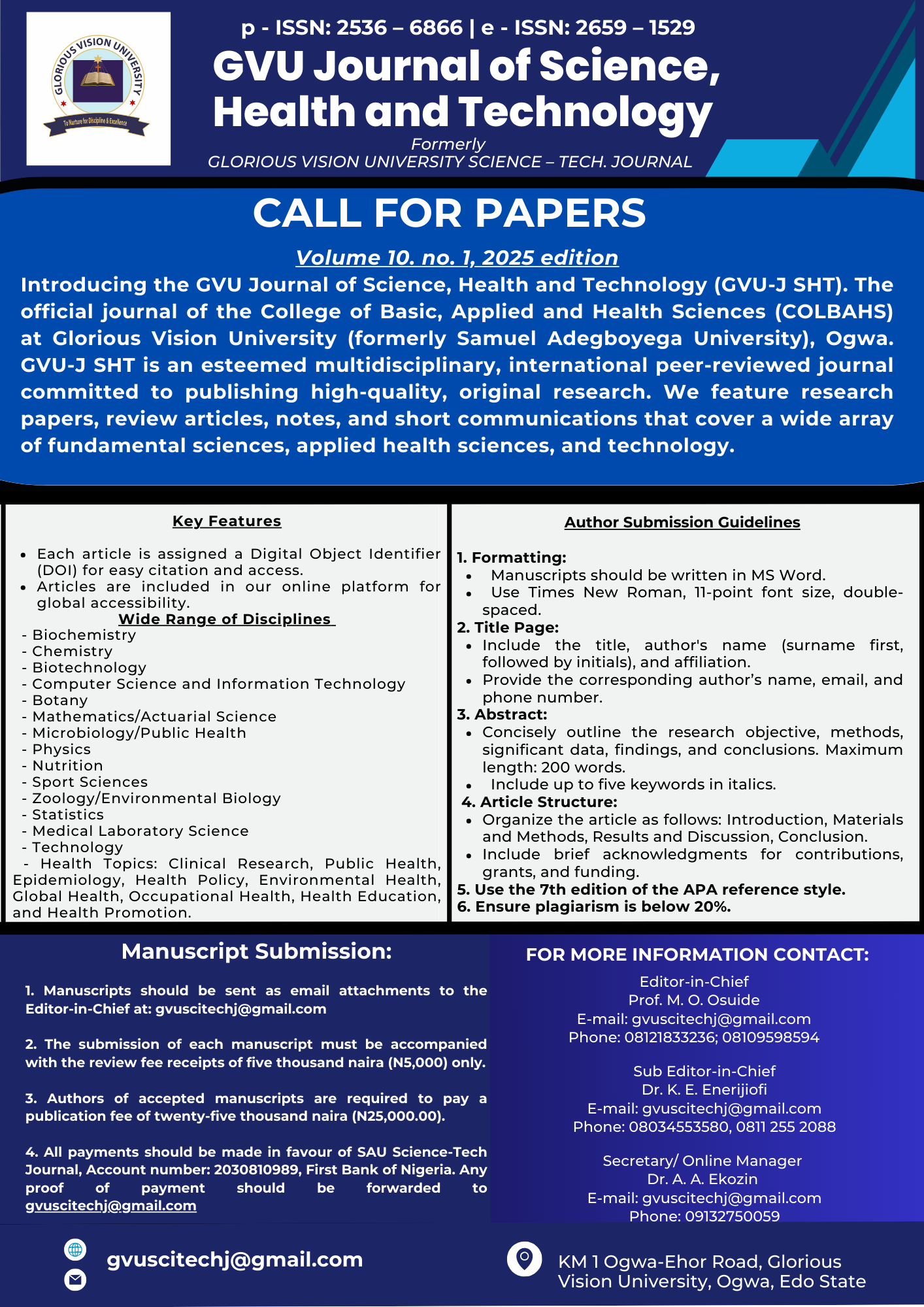Sodium Selenite Ameliorates the Effects of Sodium Arsenite on Some Biomolecules and Enzymes of Energy Metabolism in the Testes of Albino Rats
DOI:
https://doi.org/10.5281/zenodo.13377305Keywords:
heavy metal exposure, selenium, reproductive organs, biomolecules, energy metabolismAbstract
Heavy metal exposure is becoming more common in our contemporary society as a result of its widespread availability and use. Arsenic is a well-known example of a heavy metal that can harm live creatures’ reproductive system and biochemical pathways. Twenty-four male Albino rats were randomly divided into four groups (n = 6) and exposed to sodium arsenite (SA) and sodium selenite (SS) for 5 weeks to investigate the ameliorative role of sodium selenite on sodium arsenite-induced testicular toxicity on some biomolecules and enzymes of energy metabolism. Group I (control) received just distilled water, whereas groups II and III were given 40 ppm SA in drinking water ad libitum; additionally, group III received 0.25 mg/kg bwt SS orally, while group IV received 0.25 mg/kg bwt SS orally only. Significant increases (p < 0.05) in xanthine oxidase, aldolase, lactate dehydrogenase, and aspartate aminotransferase activities, and nitric oxide and hydrogen sulfide levels were observed in the SA-exposed group (group II), while hexokinase and α-ketoglutarate dehydrogenase activities decreased significantly. Sodium selenite treatment ameliorated the apparent effects of SA exposure, as seen in groups III and IV. This study supports the use of SS as a safe therapy for SA-induced testicular toxicity.




